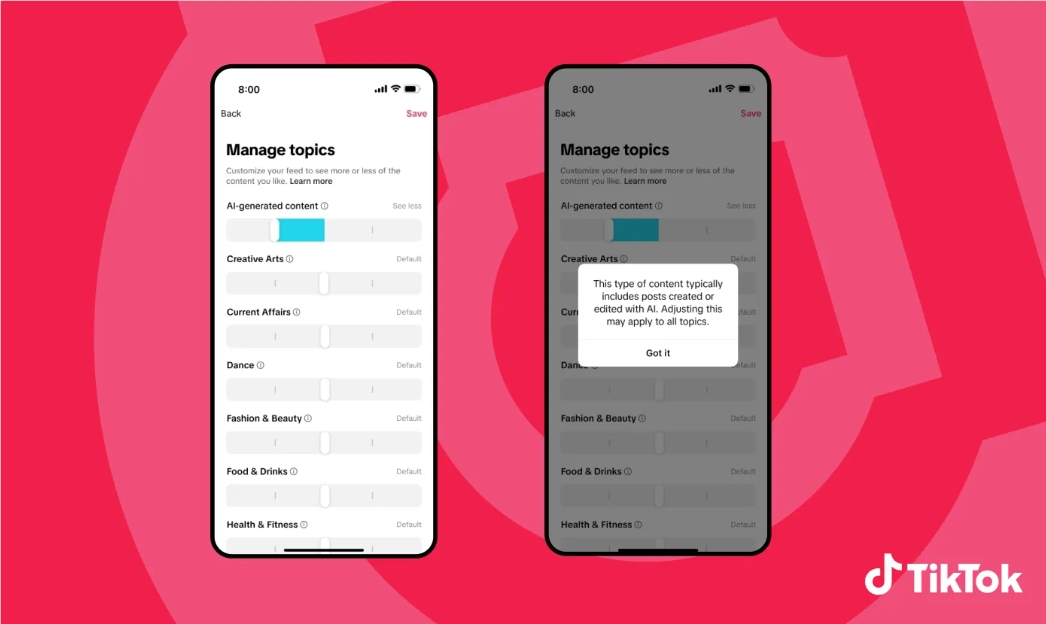According to South Korean media The Elec, Apple has recently requested Samsung to start researching a new low-power double data rate (LPDDR) DRAM packaging method to further enhance the AI performance on the iPhone. This demand marks Apple's continued efforts to improve the AI capabilities of its devices.
Currently, Apple's iPhone uses a package-on-package (PoP) solution, stacking LPDDR DRAM directly on the system-on-chip (SoC). This design has been in use since the iPhone 4 in 2010. The advantage of PoP technology is its compact structure, which minimizes the device size. However, this technology also has limitations, particularly in memory bandwidth and data transfer rates, which become a bottleneck for AI applications that require high-performance memory.

To overcome this limitation, Apple has decided to commission Samsung to develop a separate package LPDDR DRAM, with plans to implement it by 2026. Separating the DRAM and SoC can increase the number of I/O pins, enhance data transfer rates, and increase the number of parallel data channels, significantly boosting memory bandwidth and further enhancing the iPhone's capabilities in AI computing. Additionally, separate packaging can also improve thermal performance.
Apple has previously used separate packaging technology in Mac and iPad, but later switched to memory-on-package (MOP) solutions to reduce the distance between chips, thereby lowering latency and power consumption. For the iPhone, adopting independent memory packaging may require miniaturization of the SoC or battery to free up more space for memory components, but this could also lead to increased power consumption and latency.
In the future, Samsung may also introduce LPDDR6-PIM (Processor-In-Memory) technology for the iPhone, which will offer data transfer speeds and bandwidth two to three times that of LPDDR5X, specifically designed for edge AI. Samsung is collaborating with SK Hynix to promote the standardization of this technology, which is expected to provide more powerful AI computing capabilities for future iPhones.










